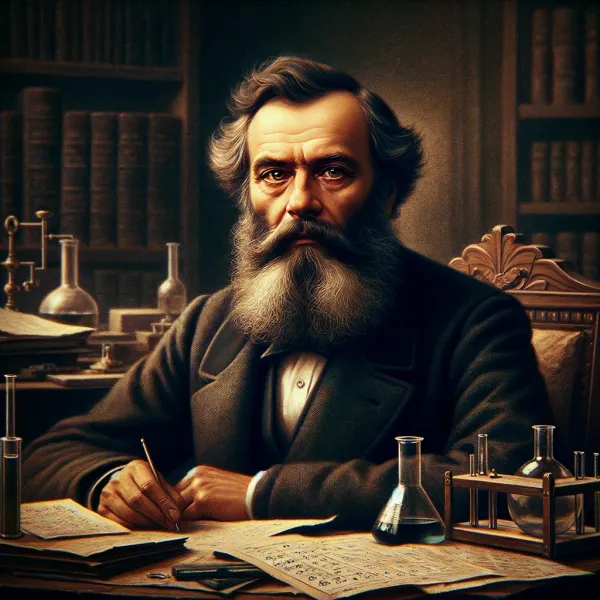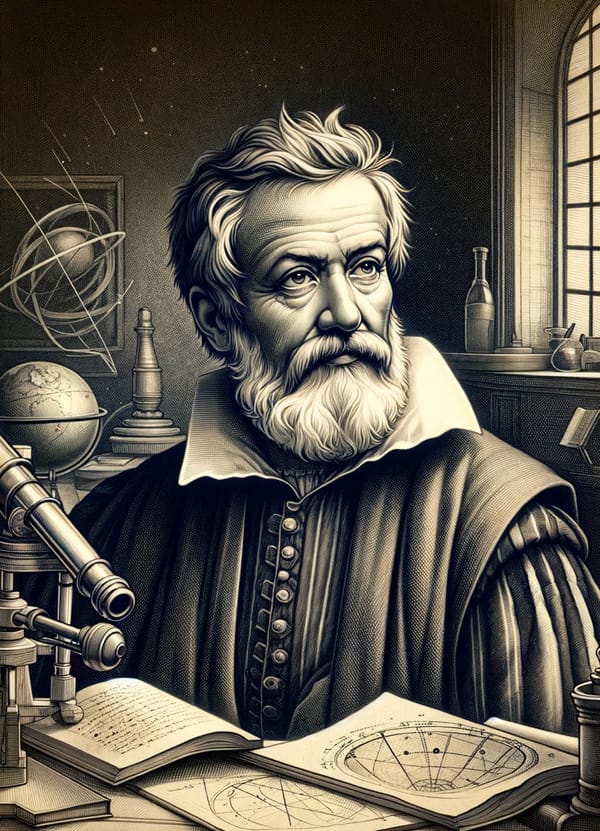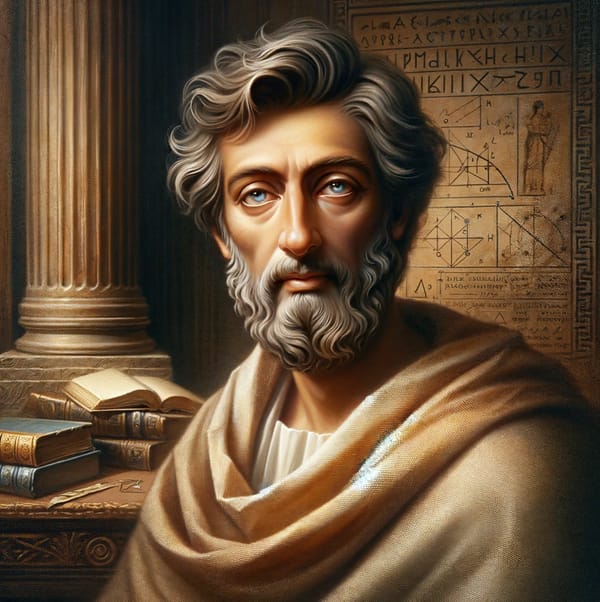Ibn al-Haytham and the pin-hole camera
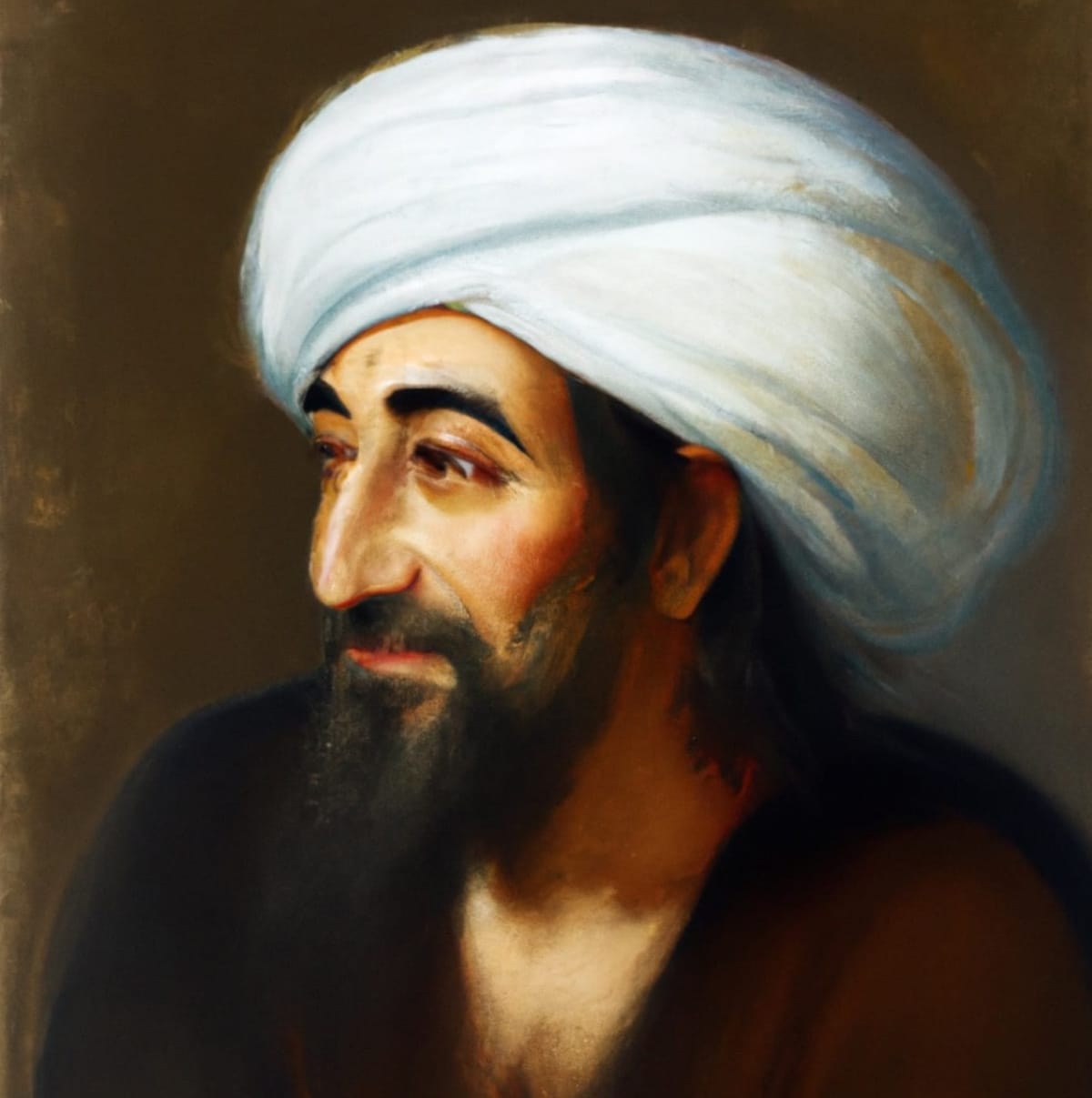
About a millennium ago, in the vibrant heart of medieval Cairo, where ancient wisdom and curious minds intersected, lived the brilliant scholar Ibn al-Haytham. It was within these walls that he embarked on a groundbreaking journey to study the nature of light, relying on observations rather than attributing everything to some higher “divine” purpose. Little did he know that his approach would later be recognised as the scientific method, making him the first scientist in human history.
In those times, people believed that vision occurred because the eyes emitted visual rays. According to this notion, the eyes emitted these rays, which struck objects, allowing us to see. However, Ibn al-Haytham found this idea rather dubious.
One day, as golden sunlight streamed through a tiny crack in the window shutters, Ibn al-Haytham made a fascinating observation. On the opposite wall, an inverted and focused image of the bustling marketplace outside appeared. Despite the room’s darkness, the image on the wall was as bright as day.
Eureka! This was the clue he had been searching for. In a dark room, where his eyes couldn’t be illuminating the wall, and even if it did, it would illuminate the wall, not the image market scene outside. Ptolemy and his followers had been barking up the wrong tree - at least as far as light was concerned.
Over the next few years, he experimented with different-sized holes, allowing light to stream in from the outside. Gradually, he developed a new theory—that rays of light reflect into the eyes, rather than the eyes emitting rays. This was the antithesis of Ptolemy’s suggestion, and today, we recognize it as the true nature of vision.
The science behind it
To understand how an inverted image of the Cairo marketplace appeared on a wall inside a dark room, we need to accept two fundamental principles:
- Light travels in straight lines.
- Light behaves like a bouncing ball when it falls on a subject.
Now, let’s consider a candle outside a box with a tiny, pin-sized hole in one of its faces.
(Without ray diagrams)
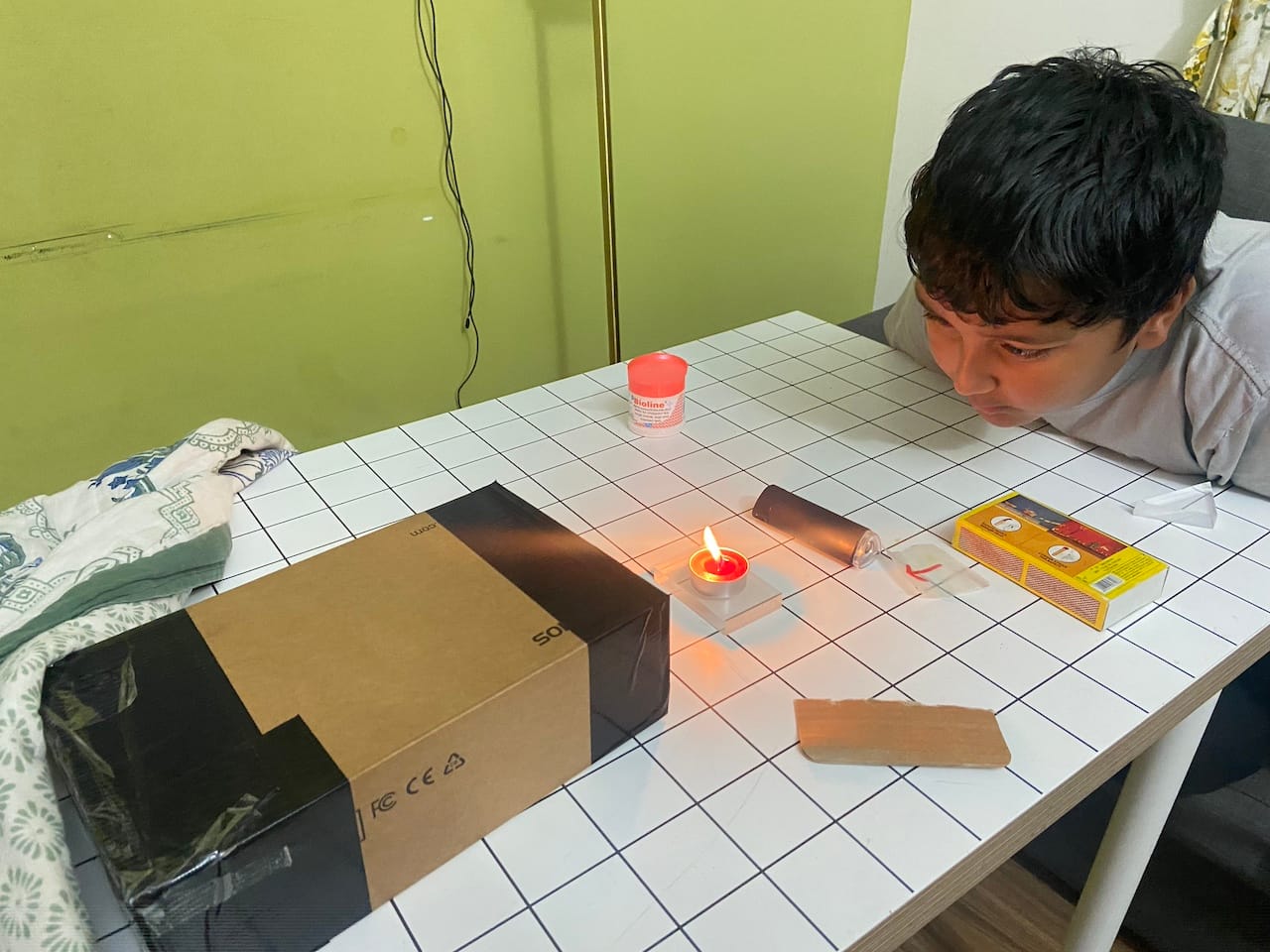
(With the imaginary ray diagrams)
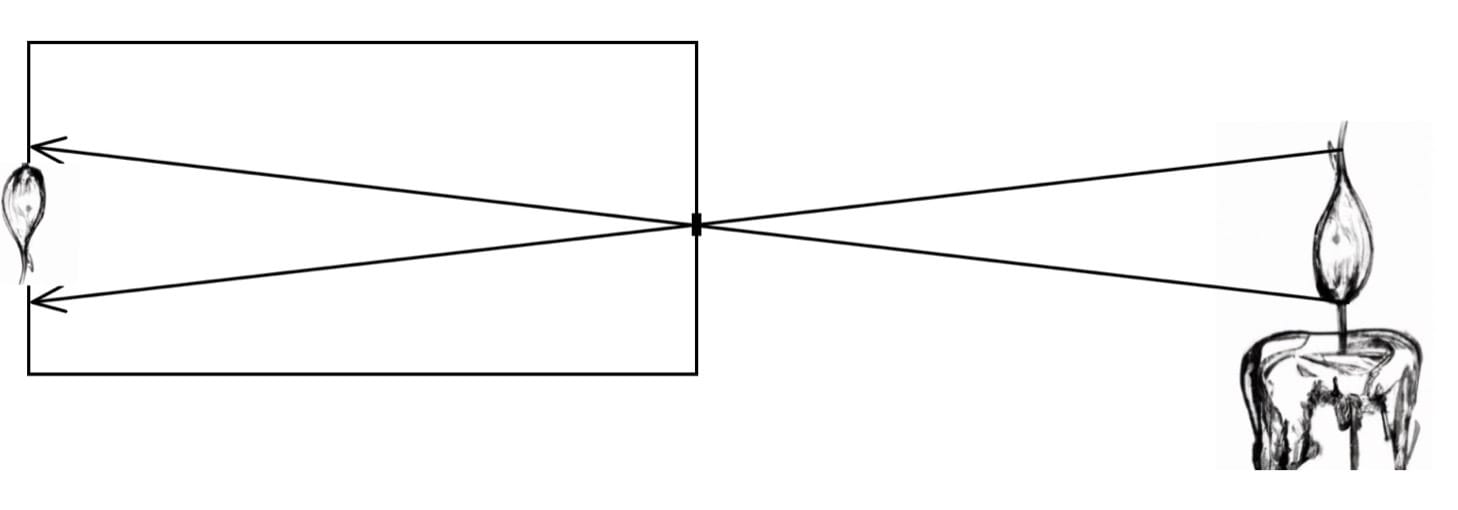
Can you see why the image is inverted? It's the magic of the pin-hole.
Do it yourself
You can easily recreate the experiment that Ibn Al-Haytham did in your room. All you need is a lot of thick black tape to tape up all the windows. Then make a small opening by making a slit in the tape. You may not be lucky to see the image on the opposite wall, but if you hold up a white sheet of paper at the right distance from the hole, you will see an image of the world outside. And yes, the image will be inverted!
Your results might vary. 😄
For a more portable pin hole camera, you can follow the instructions mentioned below.

A candle is a lot easier to position in front of the hole than a bulb, so try a candle, and see if you can see the inverted flame.
Inverted flame seen through a pin hole camera.
Stay Curious.

